
When it comes to choosing a heating system for your home, the decision can have a significant impact on your comfort, energy consumption, and environmental footprint. Two popular options that often come up in this discussion are wood burning stoves and electric heating systems. In this blog post, we will dive deep into the details of these heating solutions, exploring their advantages, disadvantages, and key factors to consider. By the end, you’ll have a comprehensive understanding of the pros and cons of wood burning stoves and electric central heating, empowering you to make an informed decision tailored to your specific needs.
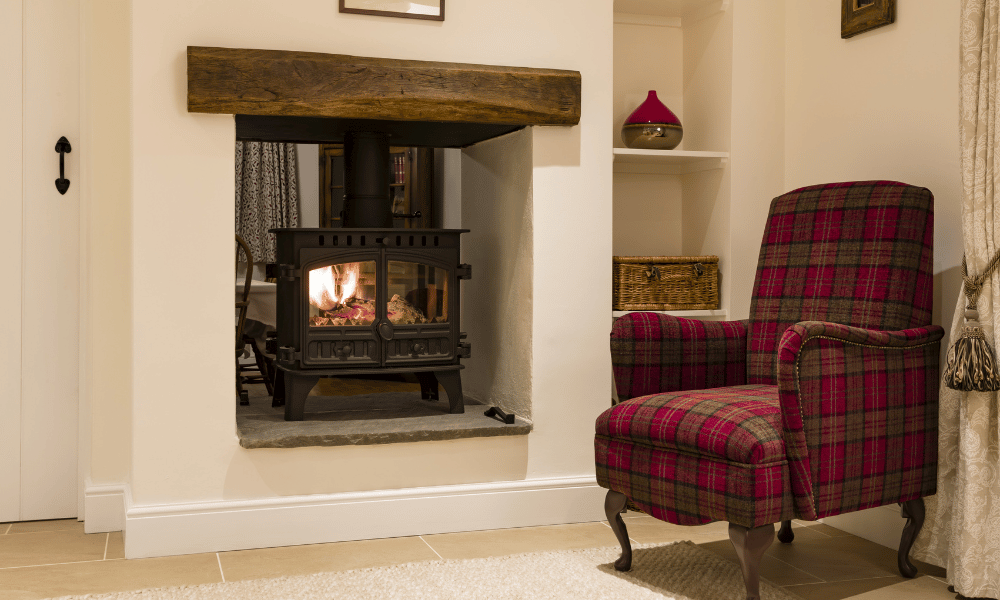
Wood burners, also known as log burning stoves, have been used for centuries as a primary heat source. These stoves use wood for burning logs as fuel and provide radiant heat, creating a warm and cosy atmosphere. Let’s explore the advantages and disadvantages of wood burners.
Cost-effectiveness and Potential Savings: log burners can be a cost-effective option for heating your home. Wood is often cheaper than other fuel sources, and with proper insulation, a wood burner can provide efficient heat, potentially leading to savings on energy bills.
Aesthetics and Ambiance: One of the undeniable charms of a log burner is the ambiance they create. The sight and crackle of a real fire can add a touch of rustic elegance and cosiness to any living space.
Reduced Carbon Footprint: Wood is a renewable energy source, and when burned efficiently, wood burners produce lower carbon emissions compared to fossil fuels, contributing to a reduced environmental impact.
Independence from Electricity Supply: log stoves operate independently of electricity, making them a reliable source of heat during power outages or in off-grid locations.
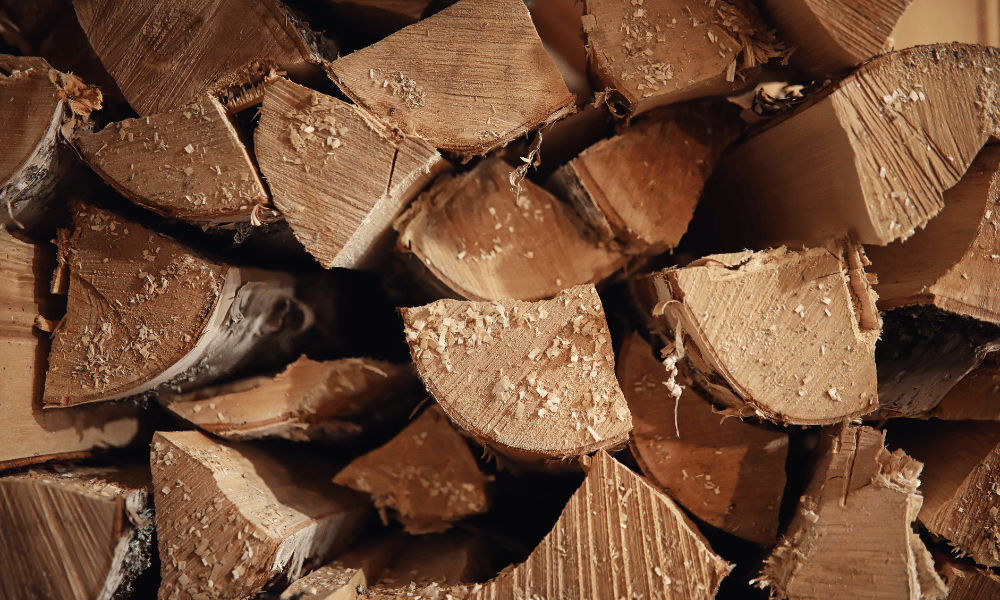
High Initial Installation and Maintenance Costs: Installing a wood burner stove requires professional expertise and can be costly. Additionally, regular maintenance, including chimney cleaning and wood storage, adds to the overall expenses.
Requirement of a Steady Supply of Wood and Storage Space: Wood burners need a constant supply of wood, which requires storage space and the effort of procuring and seasoning the wood for optimal burning efficiency.
Emissions and Air Quality Concerns: While wood burners can be environmentally friendly when used properly, they emit particulate matter and pollutants that can affect air quality, especially in urban areas or when using unseasoned or low-quality wood.
Inefficient Heat Distribution in Larger Properties: Wood burners primarily provide radiant heat, which may not distribute evenly throughout larger properties. This can result in hot and cold spots, requiring additional heating sources or alternative solutions.
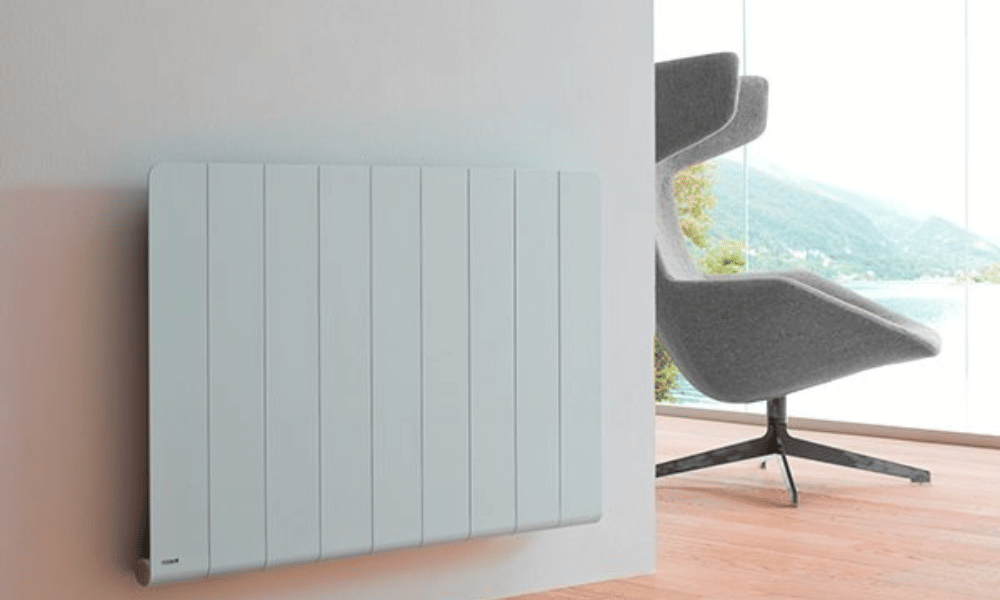
Electric central heating systems have gained popularity for their ease of use and installation, offering convenient and controllable heating options. Let’s delve into the advantages and disadvantages of electric central heating.
Ease of Installation and Low Initial Costs: Electric central heating systems are relatively easy to install, making them a cost-effective option. They don’t require a chimney or fuel storage, reducing the complexity of installation.
Convenient and Controllable Heating Options: Electric central heating allows for precise temperature control in each room, providing personalized comfort. Smart thermostats can further optimize energy usage by adjusting heating patterns based on occupancy and preferences.
Even Heat Distribution: Unlike wood burners, electric central heating systems distribute heat evenly throughout the property, eliminating hot and cold spots and ensuring a consistent and comfortable temperature in every room.
No Need for Fuel Storage or Regular Maintenance: With electric central heating, there is no need to store fuel or perform routine maintenance tasks such as chimney cleaning. This saves time, effort and potential additional costs associated with maintenance.
Higher Long-Term Energy Costs: While electric heating systems may have lower initial installation costs, they can lead to higher long-term energy expenses compared to log burners. Electricity prices tend to be higher than the cost of wood fuel, especially in areas with limited access to renewable energy sources.
Dependency on Electricity Supply and Potential Power Outages: Electric central heating relies on a steady supply of electricity. In the event of a power outage, there is a risk of losing heating functionality until power is restored.
Limited Environmental Friendliness: The environmental impact of electric central heating depends on the source of electricity generation. If the electricity is produced from fossil fuels, the system’s overall carbon footprint can be higher compared to log burners or renewable energy-based heating solutions.
Lack of Traditional Fire Ambiance and Aesthetic Appeal: Unlike log burners, electric central heating systems lack the visual appeal and ambiance created by a real fire. Some individuals may miss the crackling sound, the smell of burning wood, and the cozy atmosphere associated with wood burners.
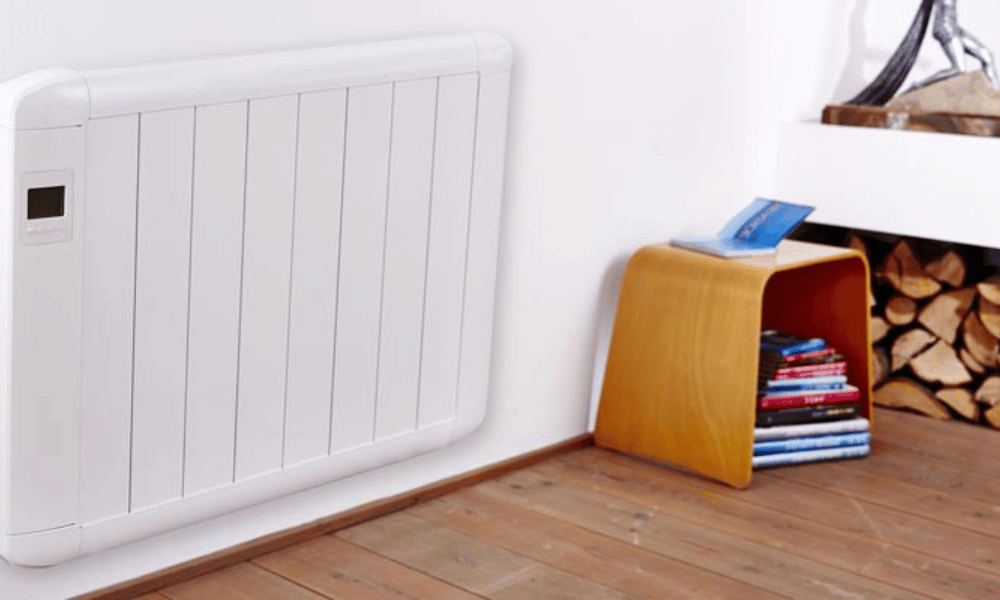
When deciding between a wood burning stove and electric heating, several factors should be taken into account to make an informed choice that aligns with your specific requirements. Here are key factors to consider:
Evaluate the heat output capabilities and efficiency of both options. Consider the size of your property, insulation levels, and desired comfort levels to ensure the chosen heating system can effectively heat your home.
Compare the upfront costs associated with installing a wood burning stove or electric central heating system. Consider professional installation, equipment costs, and any necessary modifications to your property.
Assess the long-term operational costs, including fuel expenses, electricity rates, and maintenance requirements. Calculate the potential energy savings and expenses over the system’s lifespan to determine the most cost-effective option.
Consider the overall cost analysis by factoring in the expected lifespan of each system, potential future price fluctuations of fuel or electricity, and any additional costs associated with maintenance, repairs, or upgrades.
Evaluate the carbon emissions associated with each heating system. Wood burners, when used with sustainably sourced wood, can have a lower carbon footprint than electric central heating systems reliant on fossil fuel-based electricity.
Explore the possibility of integrating renewable energy sources, such as solar panels or battery storage, into your heating system. This can enhance the environmental sustainability of both wood burning stoves and electric central heating.
Consider the size of your property and its insulation levels. Larger properties may require a more powerful heating solution, while well-insulated homes may benefit from more efficient systems.
Assess the space available for installing a wood burning stove or electric central heating system. Wood burning stoves require chimney space and storage for wood, while electric central heating systems require adequate electrical connections.
Evaluate the compatibility of your property’s existing infrastructure with each heating option. Determine if any modifications or upgrades would be required to ensure a smooth installation.
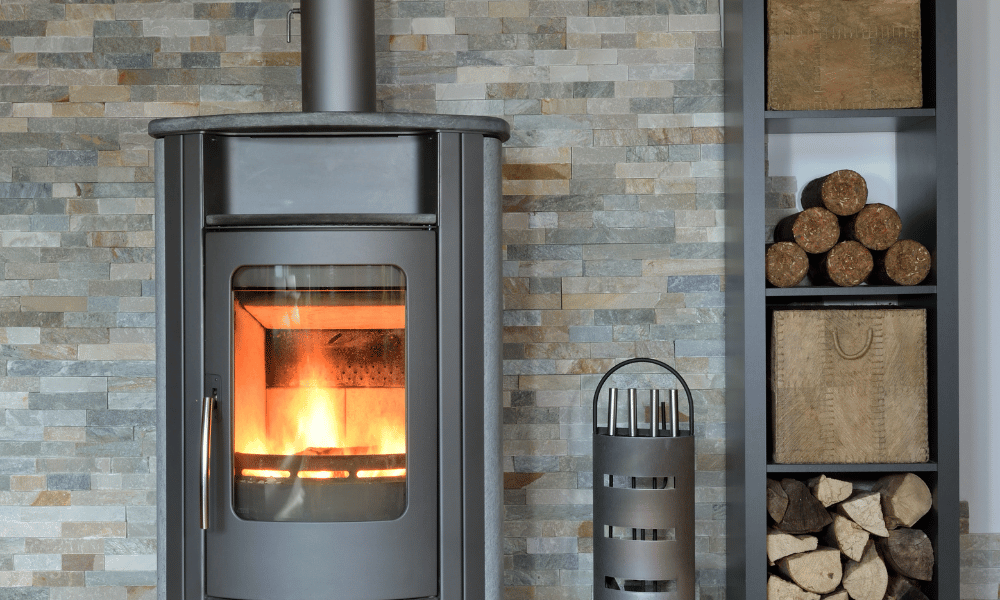
In conclusion, the choice between wood burning stoves and electric central heating systems depends on various factors such as energy prices such as cost environmental impact, air pollution, property suitability, and personal preferences. Wood burners offer cost-effectiveness, a cosy ambiance, reduced carbon footprint, and independence from electricity supply. However, they come with higher installation and maintenance costs, potential air quality concerns open fire often, and inefficient heat distribution in larger properties.
On the other hand, electric central heating systems provide ease of installation, precise temperature control, even heat distribution, and low maintenance requirements. However, they may lead to higher long-term energy costs and heating bills, dependency on electricity supply, limited environmental friendliness depending on electricity sources, and the absence of traditional wood burning fire ambiance.
When making a decision, consider factors such as heat output, efficiency, initial installation costs, operational costs, energy suppliers, long-term cost analysis, environmental impact, property size and insulation, available space, existing infrastructure, and compatibility. It’s essential to weigh the advantages and disadvantages based on your specific needs and priorities.
Remember to consult with professionals and consider case studies and user experiences to gain valuable insights and make an informed choice. Whether you opt for the rustic charm of a wood stove with burners or the convenience of electric central heating, the key is to find a heating solution that aligns with your comfort, energy efficiency goals, and environmental values.
By carefully evaluating these factors and understanding the nuances of your wood burning stove and electric central heating, you’ll be empowered to select the heating option that suits your home and lifestyle best.
Tags: Comparisons.

If you are considering electric heating/electric radiators, then this guide tells you everything you need to know. Discover this modern, sustainable and economical method of heating that gives you complete control and comfort. Download Free Guide now.

*Trust Electric Heating needs the contact information you provide to us to contact you about our products and services. You may unsubscribe from these communications at any time. For information on how to unsubscribe, as well as our privacy practices and commitment to protecting your privacy, check out our Privacy Policy.
Quick installation and a 100 day warmth guarantee. Whether you’re buying one or several radiators, if our radiators don’t heat your room to a minimum of 20 degrees we will undertake to upgrade or replace the radiators free of charge.
Book your free consultation